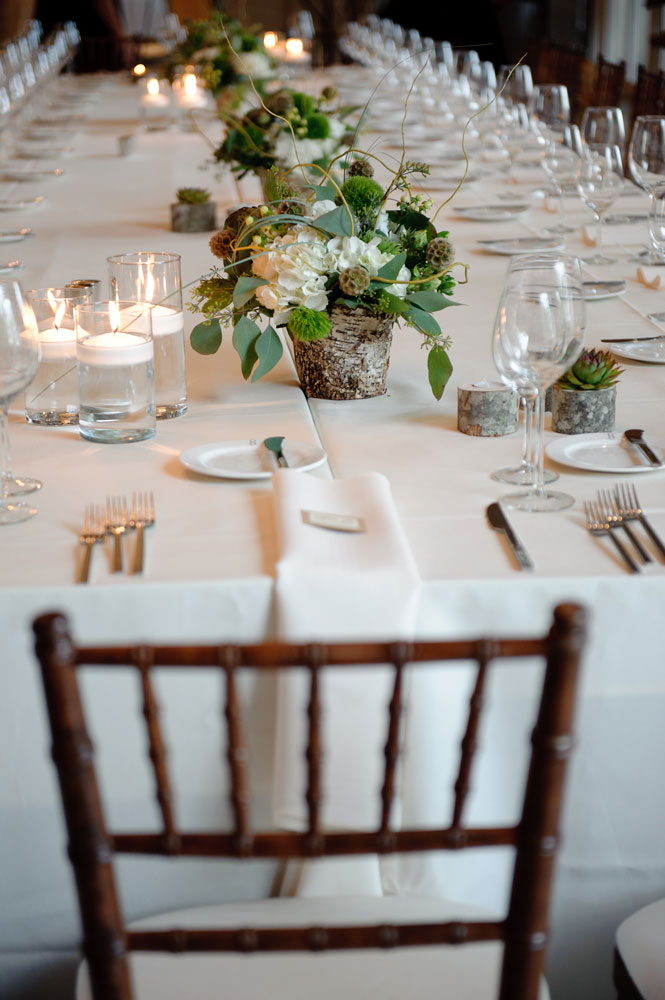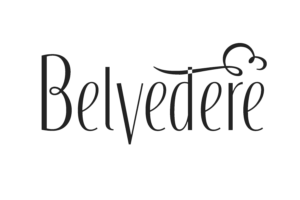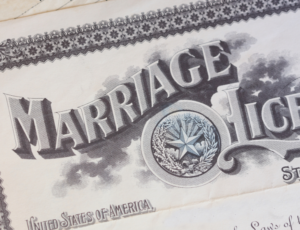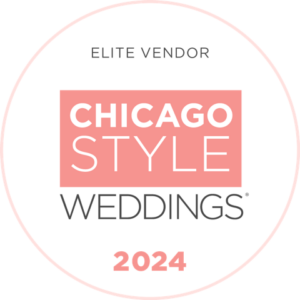 When planing a large corporate event or seated dinner party, there is always a temptation to over-simplify the proceedings; either to stretch the event budget or to streamline the overall planning process. You might opt to stage a business cocktail party or light buffet as a way to keep your guests happily entertained and mingling, while still managing to keep costs and prep time under control.
When planing a large corporate event or seated dinner party, there is always a temptation to over-simplify the proceedings; either to stretch the event budget or to streamline the overall planning process. You might opt to stage a business cocktail party or light buffet as a way to keep your guests happily entertained and mingling, while still managing to keep costs and prep time under control.
But some events demand a bit more from the event planner, and need to deliver a bigger bang to the guests. Sometimes, you simply have to stage a formal seated dinner if you are going to take your event to the next level, and make it the rousing success you, and your guests, deserve.
Professional event planners are generally well versed in preparing for, and staging, a successful formal seated dinner. However, for the amateur, who’s no doubt been nominated by their boss to handle all of the plans for the company’s big event, planning a formal seated dinner can be a bit daunting. But never fear, if you’ve been tasked with staging a formal sit down dinner for your firm’s next corporate event, we have a few sure fire tips to help walk you through the process.
Finding the Perfect Venue
Formal seated dinners require a special type of hired venue. It’s not just about size. Yes, the venue you choose needs to provide adequate space, but it must also deliver in other areas as well. The venue should have a workable floor plan that can be reconfigured to accommodate your party, as well as furnishings and decorations to transform the space into an elegant dining room (albeit on a large scale). Ideally, the venue should also have support staff available; including anything from parking attendants to servers and bartenders. Remember, any extra staff that you have to hire will add to your overall event budget, so any staff included in the venue rental will help contain costs.
A Flexible Floor Plan
Again, the size of the space is only part of the equation, and the venue’s layout should offer ample flexibility so you have total control over the organization of your event. Check with the venue’s representative to ensure that there are no restrictions on how you utilize the rental space. Make sure there is ample room to separate the cocktail bar from the dining area, and that the room is spacious enough to allow for an easy flow of guests and staff throughout the evening. If you are planning a presentation or some entertainment during the dinner service you will also want to ensure that the venue offers adequate space, as well as any technical support you might need.
Choosing a Catering Service
If you don’t have a preferred catering service that your company routinely uses for events, it may take some research to find a suitable contender. Management at your venue may be able to suggest a reputable caterer that they have worked well with in the past, and that can help to make the process of booking a service much easier. Barring that, you will have to be prepared to interview a few caterers, and sounding them out on their experience and credentials. Concentrate on caterers with formal dining experience, and ask for referrals and testimonials from former clients.
The Catered Menu
While the purpose of any corporate event is ultimately business, what you serve at dinner will have a major impact on your guests and on overall success of your event. However, while the ‘wow’ factor is important, it rarely pays to get carried away. Work with your caterer to plan an elegant, upscale, menu with broad appeal. Beware of caterers that want to experiment, or that suggest overly exotic dishes. Remember, the worst thing that you can do is serve your guests a bad meal, but the second worst is serving them a meal that they simply do not like regardless of how trendy or upscale it might be. Make sure your menu has enough variety to satisfy every taste, and don’t neglect healthy options (vegetarian, vegan) for your guests with specific dietary restrictions.
Seating Plans
A formal seated dinner party needs a formalized seating plan. Don’t simply allow your guests to seat themselves, because they will invariably gravitate into familiar groups and you want to encourage your guests to meet new people and make new contacts. Creating a workable seating plan will take time, and some serious attention to detail. Try to create a healthy mix of familiar and unfamiliar faces at table. You want to spark conversation, while encouraging networking opportunities. It will take some time to get your seating chart right, and you may find you need to return to it several times to make changes to the seating arrangements.
Formal seated dinners take a bit more planning than a light buffet or cocktail party, but the pay off is definitely worth it, particularly when it comes to a large corporate event. A formal dinner helps to cap off a long day of seminars and presentations, and gives your guests a chance to relax and talk over the days events. It can also deliver the ‘wow’ factor that will make your event memorable, and create a stellar reputation for you and your company.





